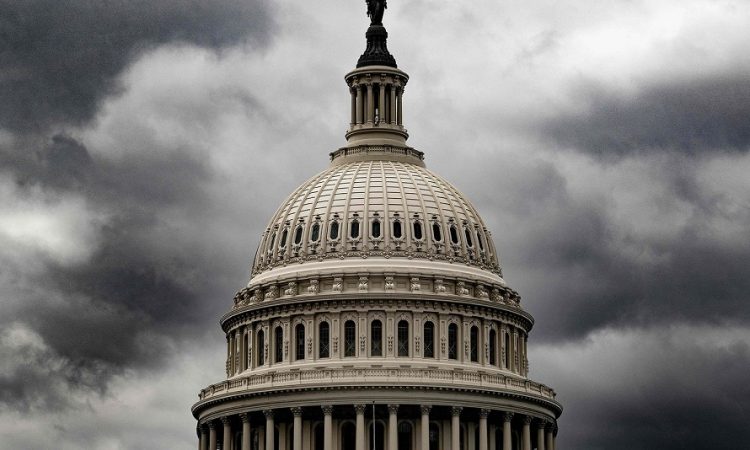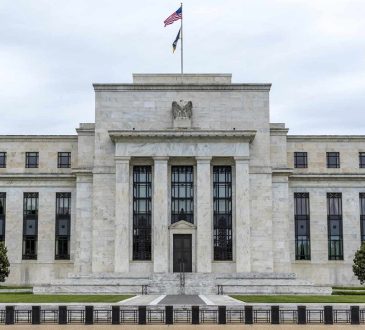
The U.S. debt ceiling, often viewed through the lens of fiscal policy, can also be seen as a constitutional balancing act of power between the branches of government. It raises questions about the separation of powers, congressional authority, and the executive’s ability to manage the nation’s finances. In this article, Kavan Choksi will explore the U.S. debt ceiling from a constitutional perspective, shedding light on the unique dynamics at play.
Constitutional Framework
- Congressional Authority: The power to regulate the nation’s finances is enshrined in the Constitution, granting Congress the authority to borrow money on behalf of the United States. The debt ceiling represents an exercise of this constitutional authority.
- Executive Responsibility: The executive branch, particularly the Department of the Treasury, is responsible for managing the nation’s debt, including issuing bonds and ensuring timely payments.
- Checks and Balances: The debt ceiling serves as a real-world example of the checks and balances system. It allows Congress to exercise control over the executive’s borrowing authority, preventing unchecked spending.
Historical Evolution
- Early Debt Management: In the early years of the United States, the debt ceiling was a practical tool for managing the nation’s finances. It was regularly adjusted to accommodate the country’s growing financial needs.
- Political Weaponization: In recent decades, the debt ceiling has been weaponized for political gain. The threat of default has been used as leverage to advance policy agendas, leading to fiscal standoffs.
- Constitutional Debates: The use of the debt ceiling has sparked constitutional debates. Some argue that it infringes on the executive’s ability to fulfill its constitutional duty to faithfully execute the laws.
Balancing Act and Implications
- Fiscal Responsibility: The debt ceiling is a tool for maintaining fiscal responsibility, ensuring that the government does not accumulate excessive debt without congressional oversight.
- Operational Stability: However, the debt ceiling, if mishandled or exploited for political purposes, can threaten the operational stability of the government, causing disruptions and uncertainty.
- Global Consequences: Defaulting on U.S. obligations would have far-reaching consequences on the global economy, affecting financial markets, international trust, and diplomatic relationships.
Potential Reforms
- Automatic Adjustments: Some propose automatic adjustments to the debt ceiling based on economic indicators or budgetary criteria, reducing the need for political negotiations.
- Abolishment: Others argue for the outright abolition of the debt ceiling, contending that it is an outdated and potentially dangerous tool in modern fiscal management.
The U.S. debt ceiling, a constitutionally grounded concept, represents a delicate balancing act between congressional authority and executive responsibility. While it serves as a mechanism for maintaining fiscal responsibility, it has also been the source of political showdowns and constitutional debates. Addressing the debt ceiling issue requires careful consideration of the constitutional framework, the nation’s financial stability, and the global ramifications of default. Finding a balanced solution that respects the separation of powers while ensuring operational stability remains a constitutional challenge in itself.




